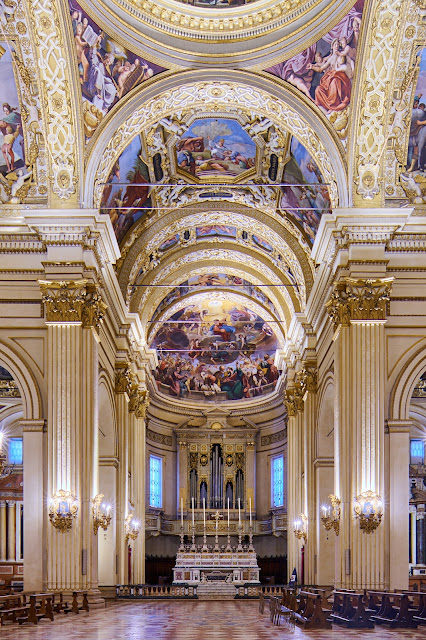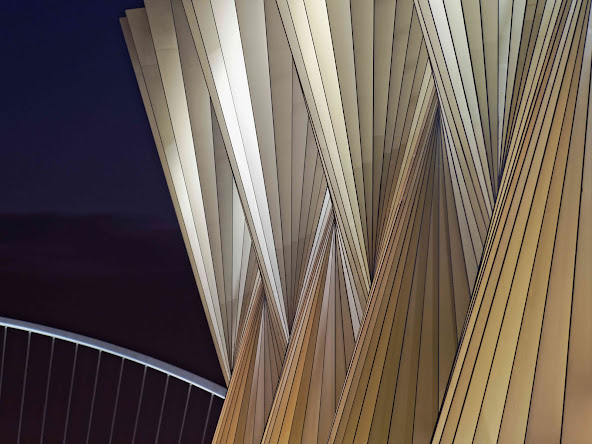Nikon have Just released the rather interesting 28mm-400mm zoom lens, which I can see as being pretty useful in a number of situations.
I had some doubts about firmare match with my Z7, but when I was reassured that everything would work well, I took the plunge and bought this lens. I wanted something with a bit more reach for detail shots and also travel. I tried my Sigma 100-400 on my three legged monopod to see if it was usable a 400 at long shutter speeds, but it did not work out, The VR in the Sigma is pretty lame. So it is out for Architectural detailsI skived off this afternoon, to see what this lens can do. Nothing artistic. I had an hour to shoot some stuff in town with the 28-400. I like to test out new gear in real life situations. I have done some minor tweaking and some keystone correction. I did not find the aperture limiting in the old church. I just used a higher ISO. I did not find F8 limiting for this sort of photography.
Wow, from the first try-out pictures just to see how this lens handles. This lens like the 24-200 before it has already exceeded my expectations. The pictures are nice and crispy sharp and the IBIS/VR let me get some sharp shots at 400mm with a 1/30 shutter speed. Distortion is corrected in camera and is done well.
I think this is going to be very practical for hiking in the mountains, as it is quite light, when combined with the 14-30.
On my big screen they look nice and sharp with lots of detail. I think optically it is better than the 24-200 even in the corners. Im sure if I made some 100% enlargements of the corners I might see something less than sharp. But like most modern lenses they look fine on a big screen at normal viewing sizes. Things like contrast can be tweaked in post.
For those interest in photography rather than pixel peeping, this is a great lens for when you do not want to carry a bag full of gear.
Here are some examples.


























































